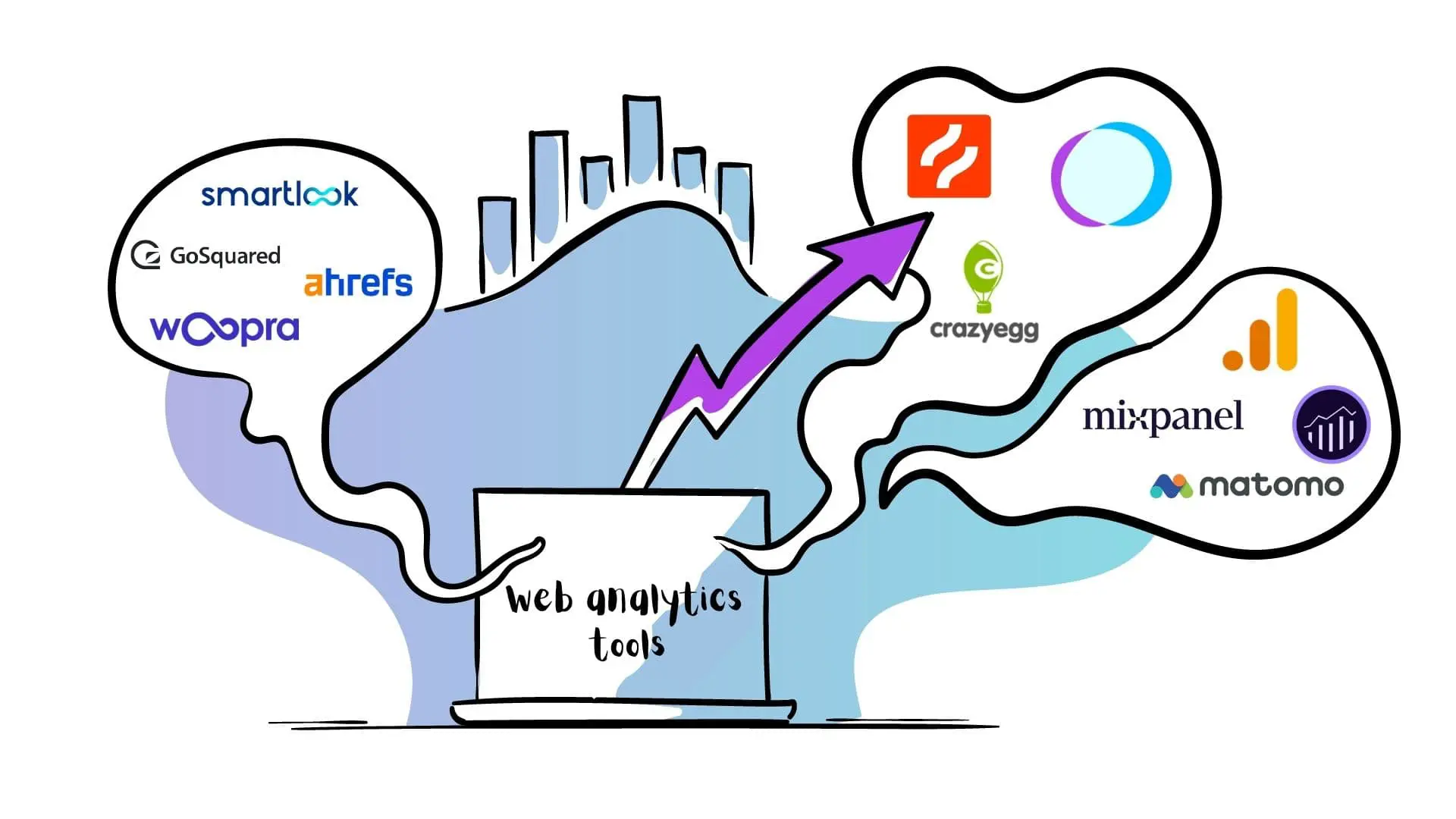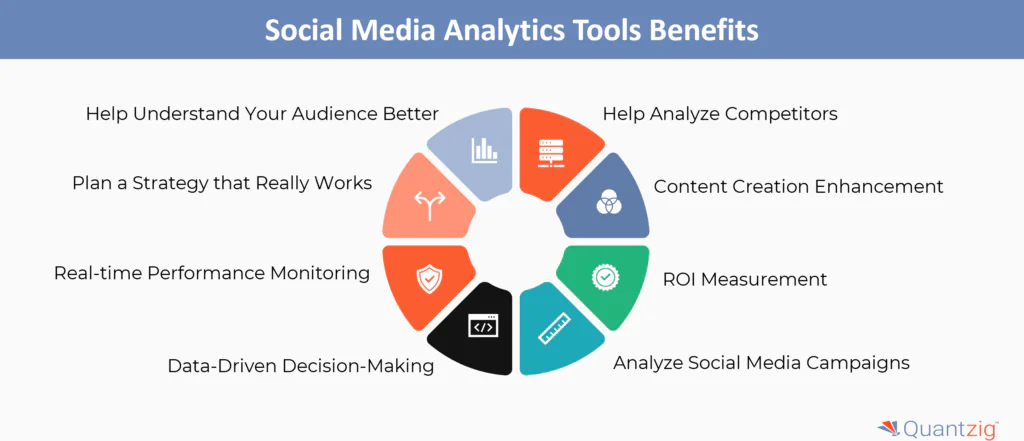Enhance Your Data Monitoring with Integrated Analytics Equipment
Enhance Your Data Monitoring with Integrated Analytics Equipment
Blog Article
Unlock Organization Insights With Advanced Analytics Tools
In today's data-driven landscape, the capability to unlock company understandings with advanced analytics tools is coming to be increasingly important for organizations seeking a competitive edge. What are the essential considerations that organizations must deal with to effectively harness these sophisticated analytics capacities?
Importance of Advanced Analytics

In addition, the affordable landscape needs that companies not only react to market changes yet also expect them. Advanced analytics encourages businesses to understand consumer preferences, enhance functional effectiveness, and mitigate dangers properly. By leveraging these tools, companies can enhance their decision-making procedures and drive innovation.
On top of that, the integration of sophisticated analytics fosters a society of continuous renovation, where companies can improve their methods based on empirical proof. As markets such as finance, medical care, and retail significantly rely upon data to notify their procedures, the importance of advanced analytics will only continue to expand, making it a critical element for continual success in today's data-driven economy.
Trick Attributes of Analytics Tools
Advanced analytics devices are defined by a series of important features that improve their performance in information evaluation and decision-making (Analytics). Among the vital features is data assimilation capability, which permits seamless aggregation of information from various sources, promoting detailed evaluation. This makes sure that companies have a holistic view of their information landscape
In addition, advanced analytics devices commonly include durable statistical and predictive modeling capabilities. These functions make it possible for companies to forecast patterns and identify patterns, leading to even more enlightened tactical choices. Visualization devices are additionally indispensable, supplying user-friendly graphical depictions of information, which simplify intricate info and make insights a lot more easily accessible to stakeholders.
An additional important aspect is the unification of machine knowing formulas, which enhance the ability to analyze big datasets and reveal surprise understandings without specific shows. Furthermore, user-friendly user interfaces allow non-technical users to take advantage of these devices efficiently, democratizing data accessibility across the company.
Sorts Of Advanced Analytics
While numerous sophisticated analytics methodologies exist, they can usually be classified right into numerous crucial types that offer unique functions within companies.
Detailed analytics concentrates on summing up historic information to determine patterns and fads. It offers understandings into what has taken place in the past, allowing organizations to make enlightened decisions based on empirical evidence.
Anticipating analytics, on the other hand, makes use of statistical formulas and artificial intelligence strategies to forecast future results based on historic data. This type is especially useful for risk analysis and demand forecasting, enabling businesses to prepare for possible difficulties and chances.
Prescriptive analytics goes a step further by recommending actions based upon predictive insights. Analytics. It uses optimization and simulation methods to suggest the her latest blog most effective training course of action, making certain that companies can make data-driven choices with confidence
Execution Methods
Successful application strategies for advanced analytics are vital for companies looking for to harness the complete potential of their data. To begin with, a clear roadmap should be established that aligns analytics campaigns with overall service goals. This requires a deep understanding of business goals and the particular questions analytics can address.
Following, spending in the right innovation and tools is necessary. Organizations must assess offered systems for scalability, convenience of use, and combination capabilities with existing systems. This ensures that data can be collected, refined, and examined successfully.
Furthermore, fostering a data-driven society is crucial. Educating workers on analytics devices and methodologies empowers them to make use of insights successfully in decision-making. Engaging stakeholders these details across divisions can facilitate buy-in and motivate cooperation, boosting the overall success of analytics projects.
Furthermore, organizations must prioritize information top quality and administration. Applying robust information administration methods ensures that the understandings created are precise and reliable. Lastly, continuous analysis and version of analytics procedures allow companies to adapt to transforming organization demands and technological advancements, ultimately driving continual worth from their analytics efforts.
Future Trends in Analytics
As organizations execute robust analytics methods, it is crucial to continue to be familiar with the advancing landscape of analytics technologies and methodologies. Future trends in analytics are poised to transform just how businesses obtain understandings, enhance procedures, and drive decision-making.

One more pattern is the surge of augmented analytics, which automates data preparation and insight generation, minimizing the dependence on information professionals. This democratization of analytics empowers employees at all degrees to take advantage of information in their roles.
In addition, the change in the direction of real-time analytics will make it possible for organizations to react swiftly to market changes and client choices, enhancing dexterity and competitiveness. As data privacy policies come to be extra rigorous, analytics remedies will likewise require to focus on ethical data use, making certain compliance while keeping robust understanding generation. Accepting these patterns will certainly be vital for companies looking for to maintain an one-upmanship in a progressively data-driven world.
Final Thought
To conclude, advanced analytics tools play a vital function in transforming information right into workable understandings, driving strategic growth and functional performance throughout organizations. Their vital functions, including predictive modeling and equipment knowing, promote the discovery of covert patterns and fads. Efficient implementation techniques ensure that these tools are incorporated into organizational processes, while emerging patterns show a continued development in analytics capabilities. Ultimately, promoting a data-driven culture stays vital for navigating the complexities of modern go to website organization atmospheres.
Advanced analytics encompasses a collection of strategies, including predictive modeling, maker learning, and information mining, which allow businesses to reveal patterns, projection patterns, and enhance operations.
Successful execution methods for sophisticated analytics are important for companies looking for to harness the full capacity of their data. Continuous evaluation and version of analytics procedures permit organizations to adapt to altering business requirements and technological innovations, inevitably driving continual value from their analytics efforts.
As information personal privacy regulations come to be more strict, analytics options will additionally require to focus on moral information use, making certain compliance while preserving robust insight generation.In final thought, progressed analytics tools play an essential function in changing data into workable insights, driving calculated growth and operational efficiency throughout organizations.
Report this page